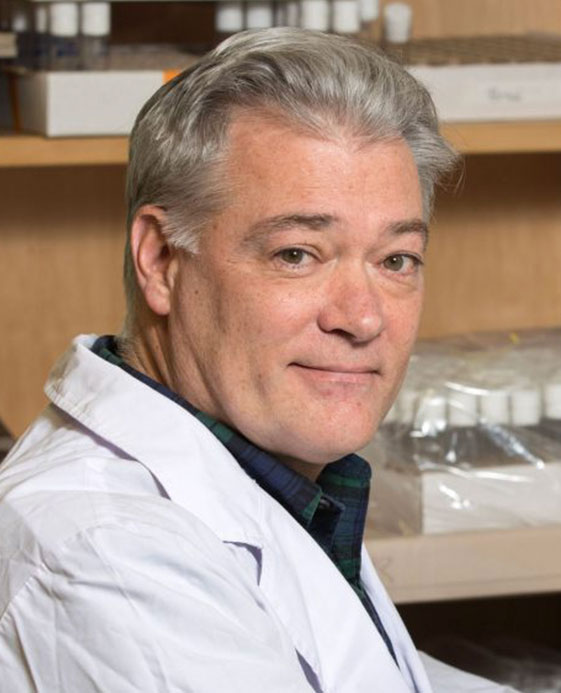
Michael Tiemeyer
My laboratory has invested over 15 years in developing tools to perform structural analysis of major and minor glycans isolated from small amounts of material. We have also recently been focused on high-throughput, semi-automated annotation of mass spectral data, an essential tool for expanding the scope of glycomic analysis to biomedical and basic research applications. With our developed techniques we have made major contributions to glycomics and glycoproteomics of normal and diseased tissues. We have also established the Drosophila melanogaster embryo as a premier model system for functional glycomics. We now possess a deeper understanding of the full complement of N-linked, O-linked, and glycosphingolipid glycans expressed in the Drosophila embryo than for any other organism. Our methods for structural analysis are mature and completely translatable to investigating the glycomes and glycoproteomes of any tissue or cell type. In addition, a major component of my independent career has focused on functional analysis of glycans in various organisms and cellular systems (Drosophila, mouse, pathogens, human leukocytes). I have successfully utilized forward and reverse genetics, molecular cloning, and cell-based screening approaches to identify and characterize glycan binding activities, glycan-based developmental phenotypes, and glycan processing mechanisms. These experiences, as well as the full range of my training in carbohydrate structure/function provide me with the necessary expertise to contribute meaningfully to the goals of this proposal.
- My laboratory has invested over 15 years in developing tools to perform structural analysis of major and minor glycans isolated from small amounts of material. We have also recently been focused on high-throughput, semi-automated annotation of mass spectral data, an essential tool for expanding the scope of glycomic analysis to biomedical and basic research applications. With our developed techniques we have made major contributions to glycomics and glycoproteomics of normal and diseased tissues. We have also established the Drosophila melanogaster embryo as a premier model system for functional glycomics. We now possess a deeper understanding of the full complement of N-linked, O-linked, and glycosphingolipid glycans expressed in the Drosophila embryo than for any other organism. Our methods for structural analysis are mature and completely translatable to investigating the glycomes and glycoproteomes of any tissue or cell type. In addition, a major component of my independent career has focused on functional analysis of glycans in various organisms and cellular systems (Drosophila, mouse, pathogens, human leukocytes). I have successfully utilized forward and reverse genetics, molecular cloning, and cell-based screening approaches to identify and characterize glycan binding activities, glycan-based developmental phenotypes, and glycan processing mechanisms. These experiences, as well as the full range of my training in carbohydrate structure/function provide me with the necessary expertise to contribute meaningfully to the goals of this proposal.
- https://www.ncbi.nlm.nih.gov/myncbi/10qMjhxq7tkkv/bibliography/public/
